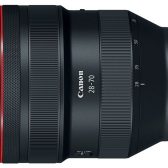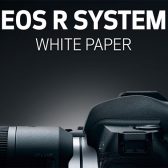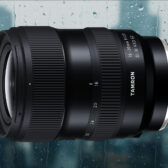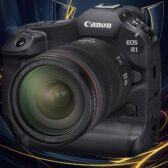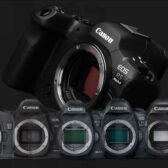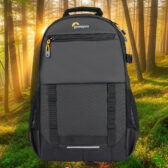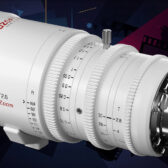ApoTelyt has updated their CAM-parator app with the Canon EOS R. We have pulled the images comparing the Canon EOS R to both the Sony A7 III and Nikon Z6. The Sony looks to be the smallest of the bunch, with the Canon and Nikon being closer in size, but the Canon a slightly larger grip and overall thickness.
Check out the comparisons below.
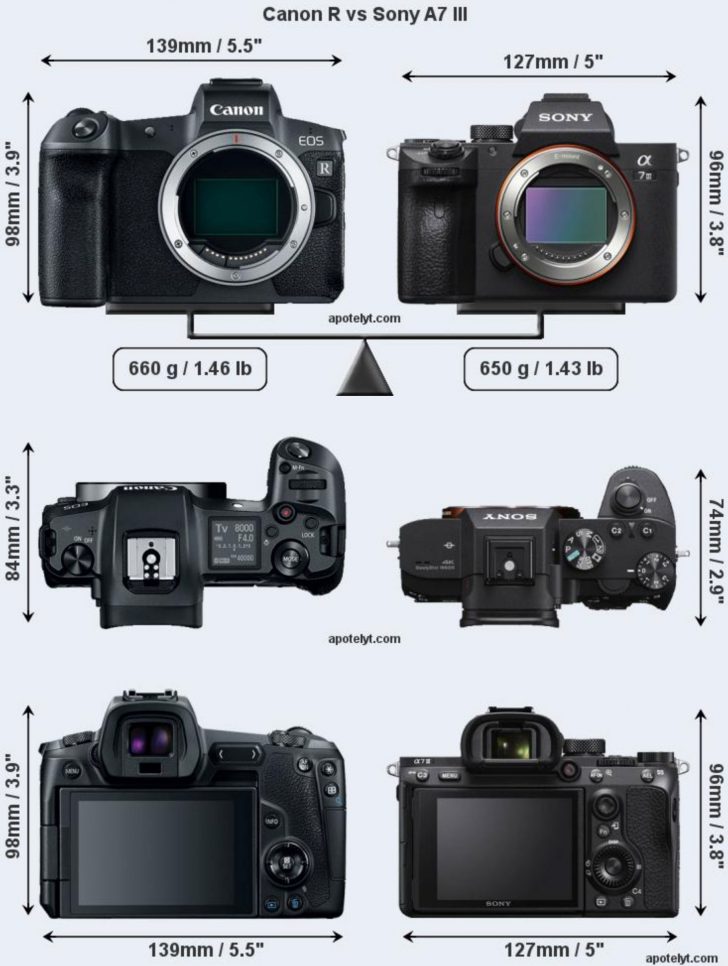
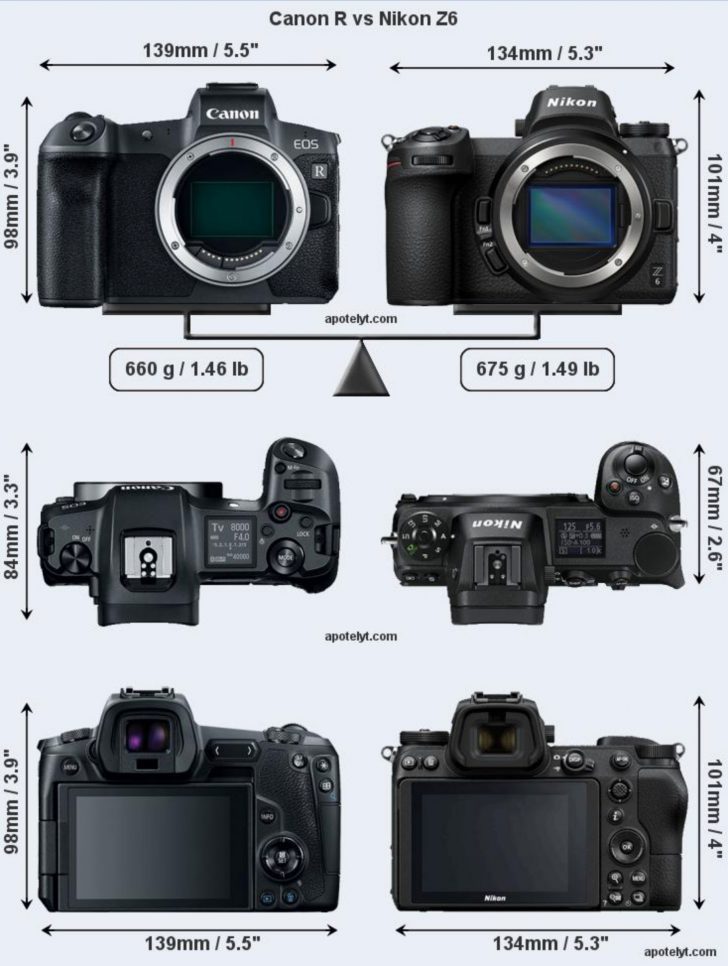
|
When you purchase through links on our site, we may earn an affiliate commission. Here's how it works. |



